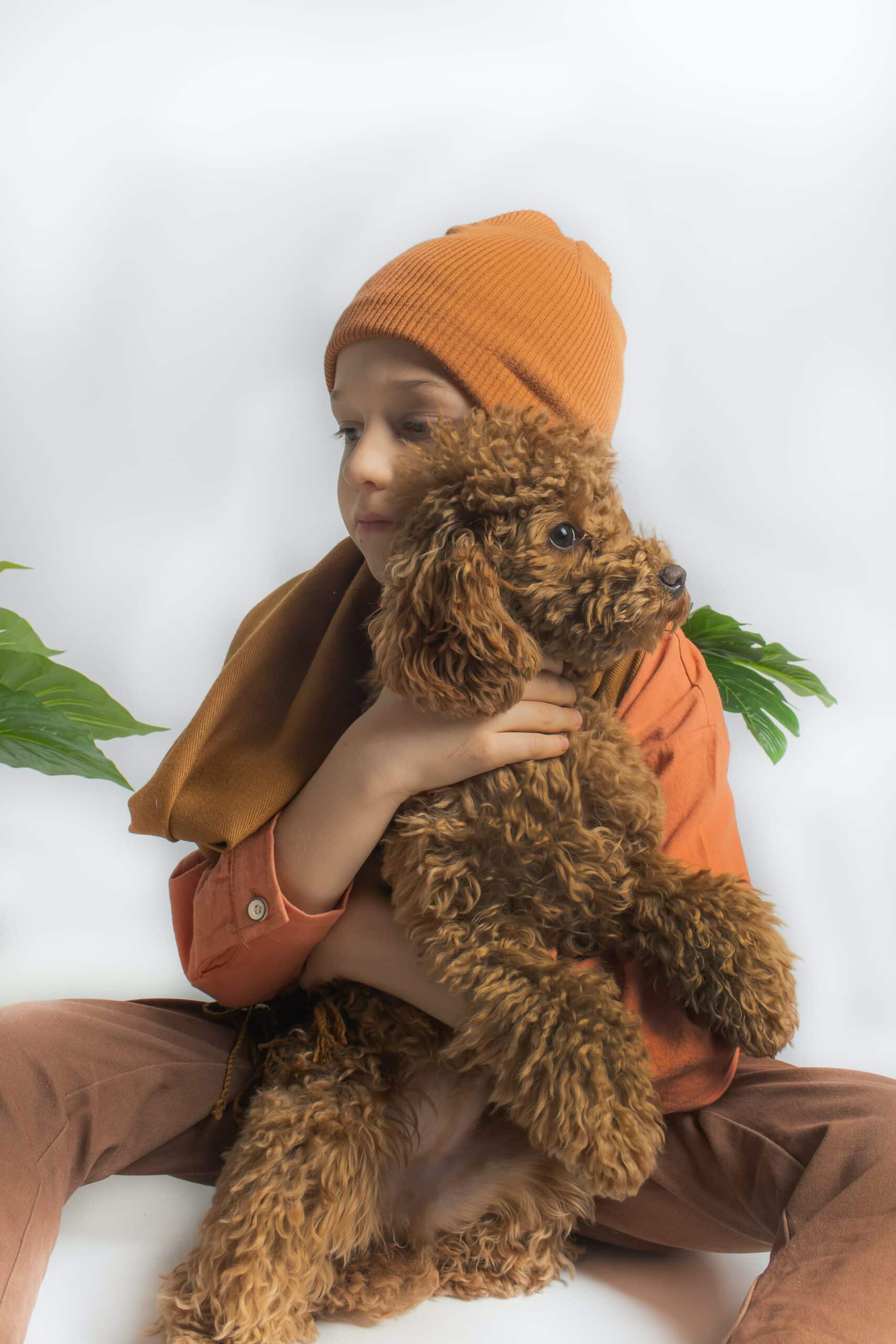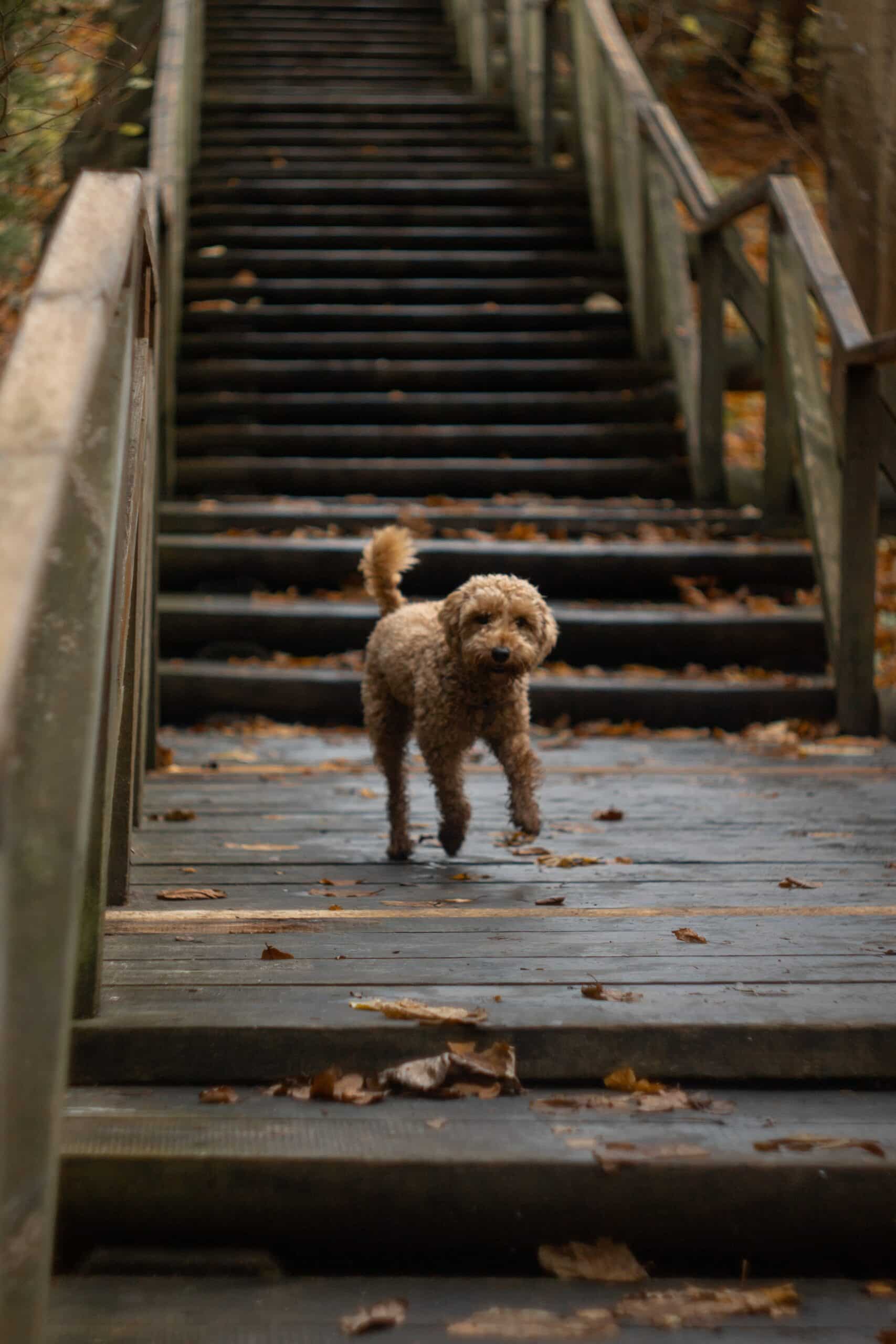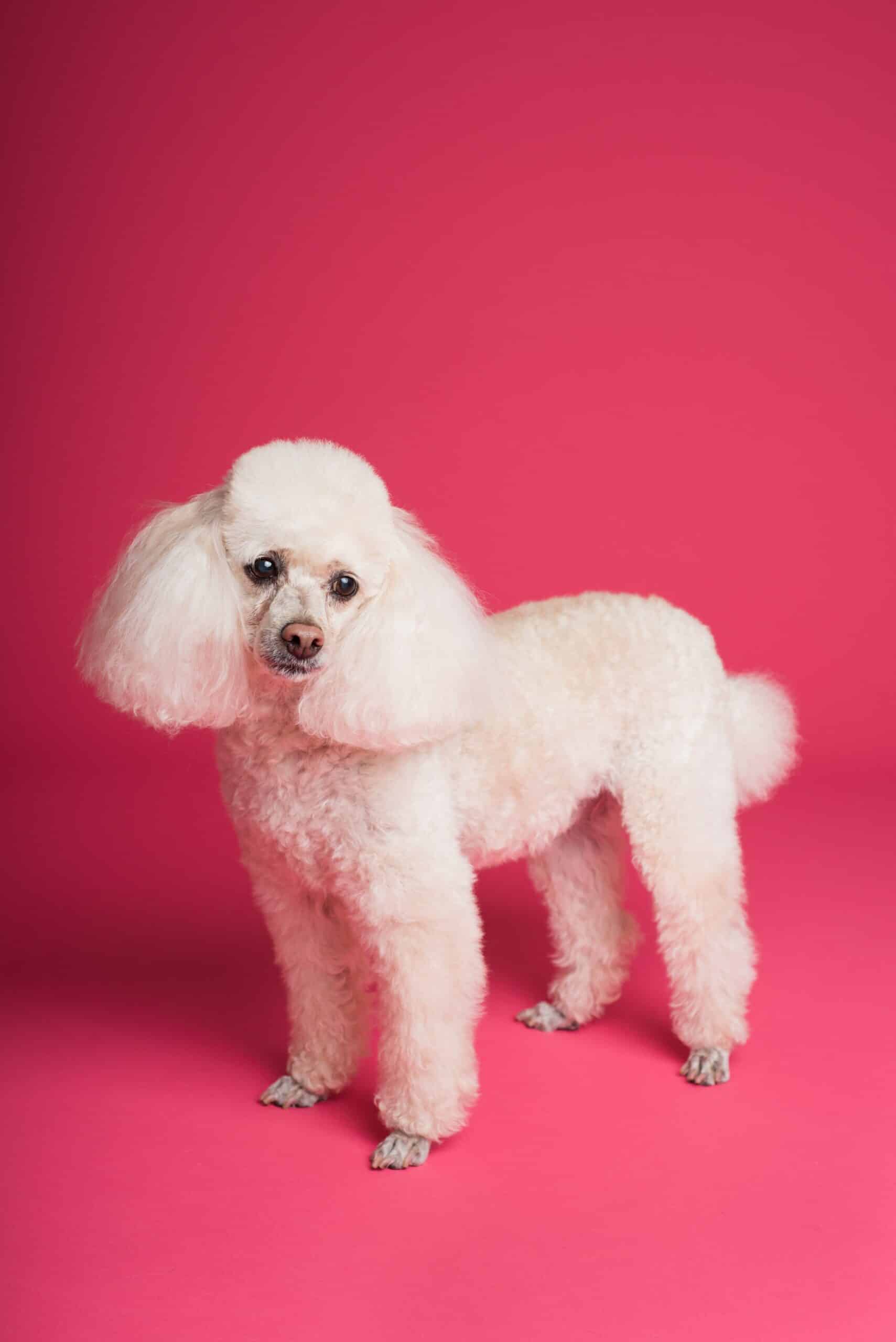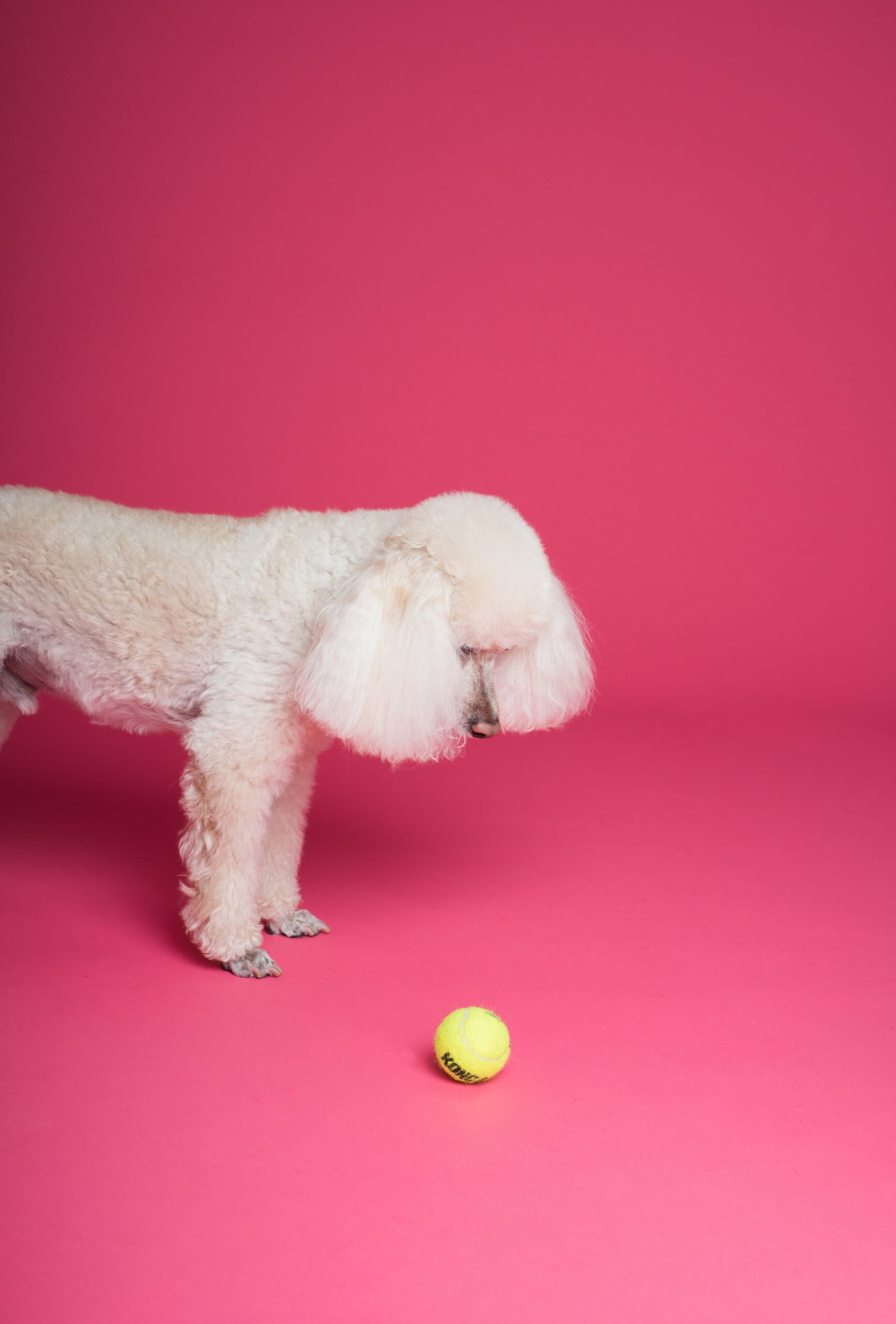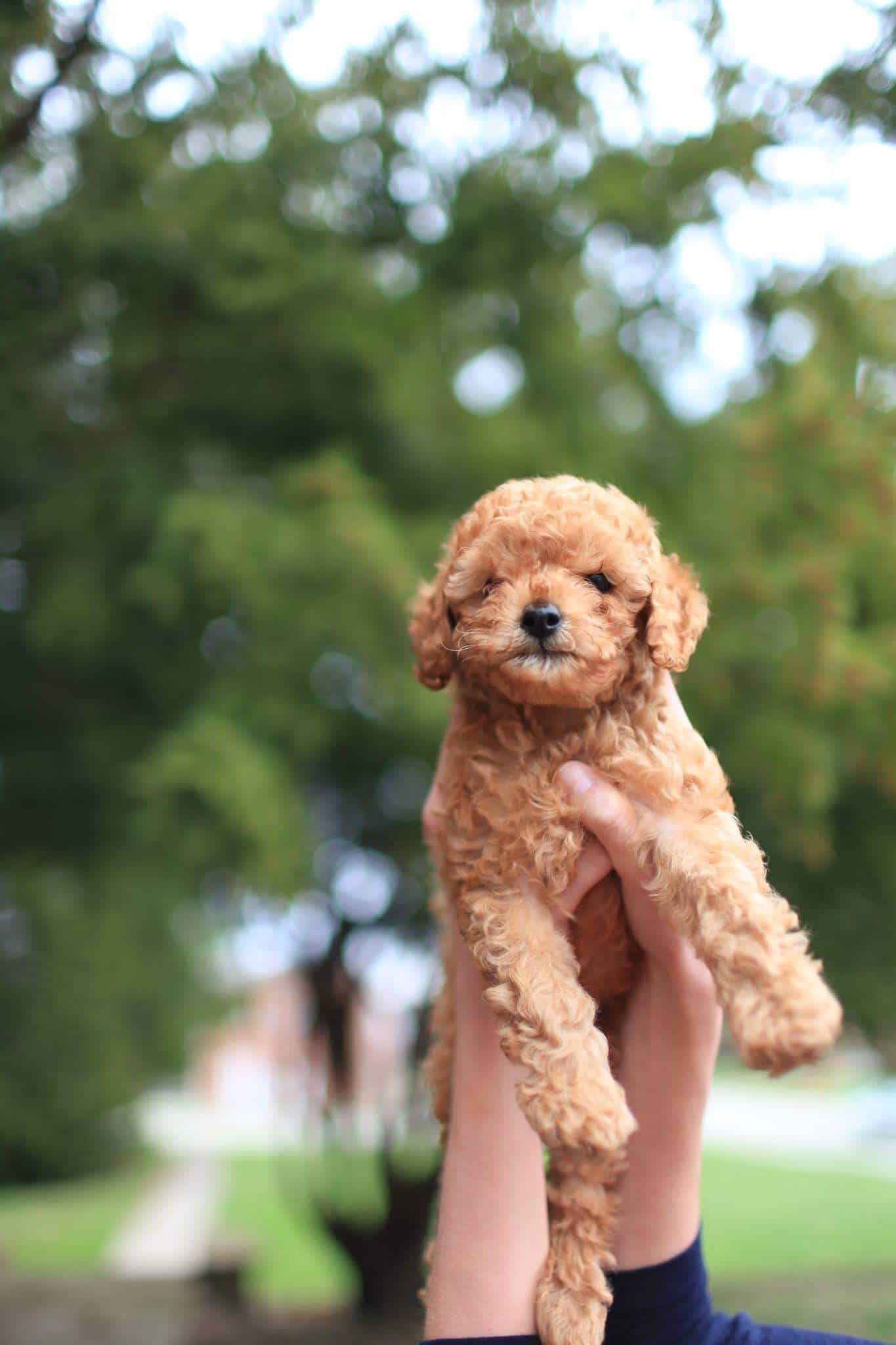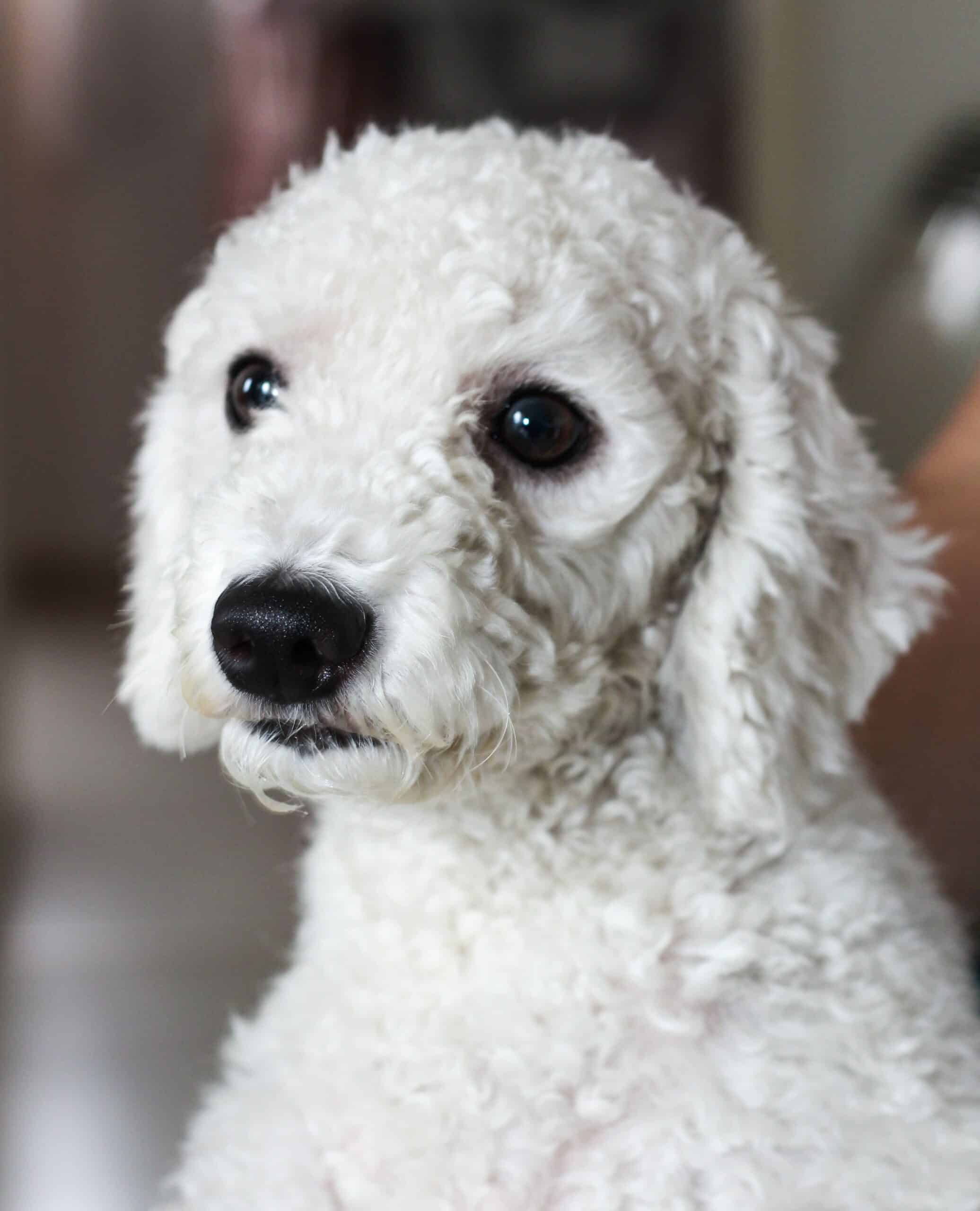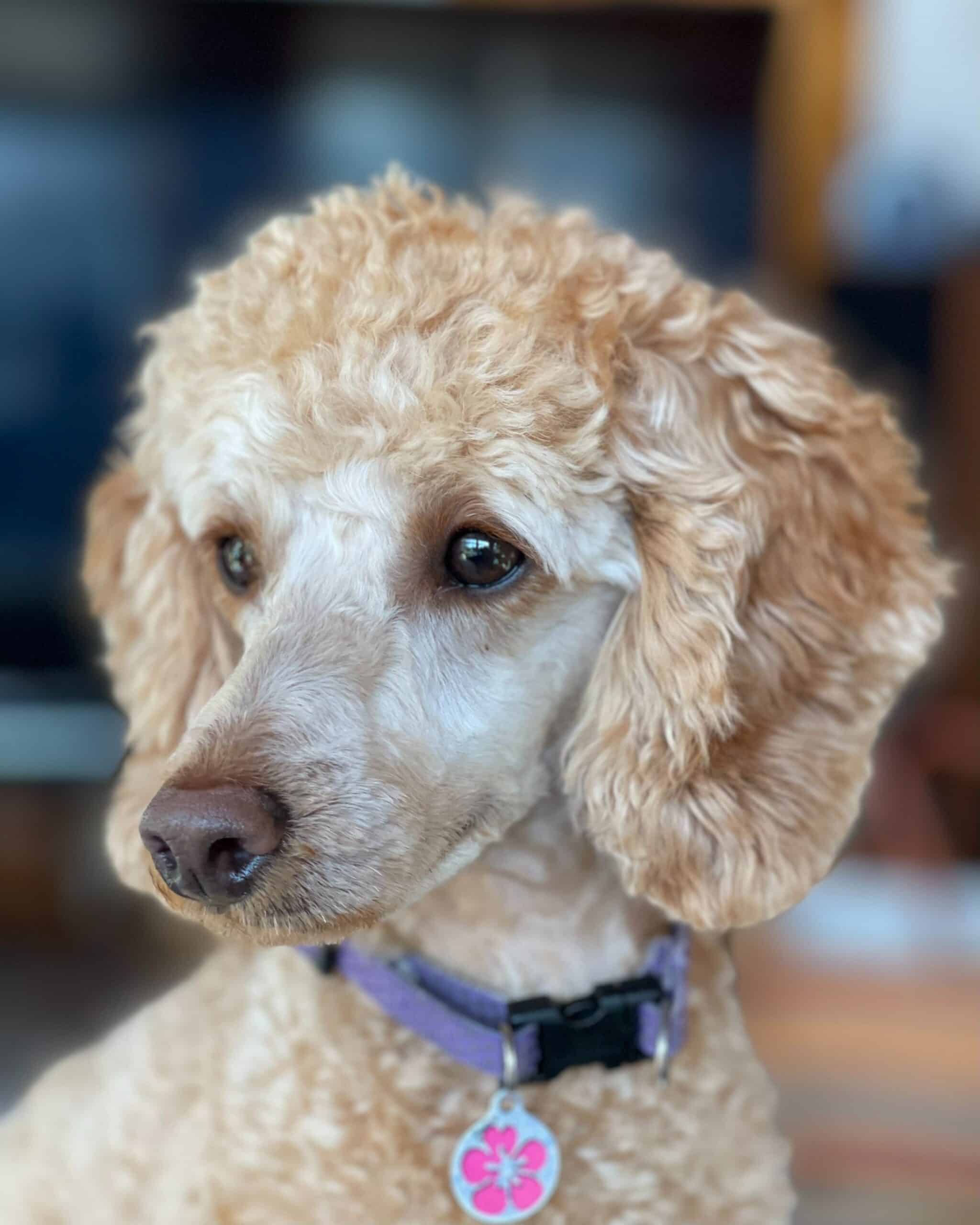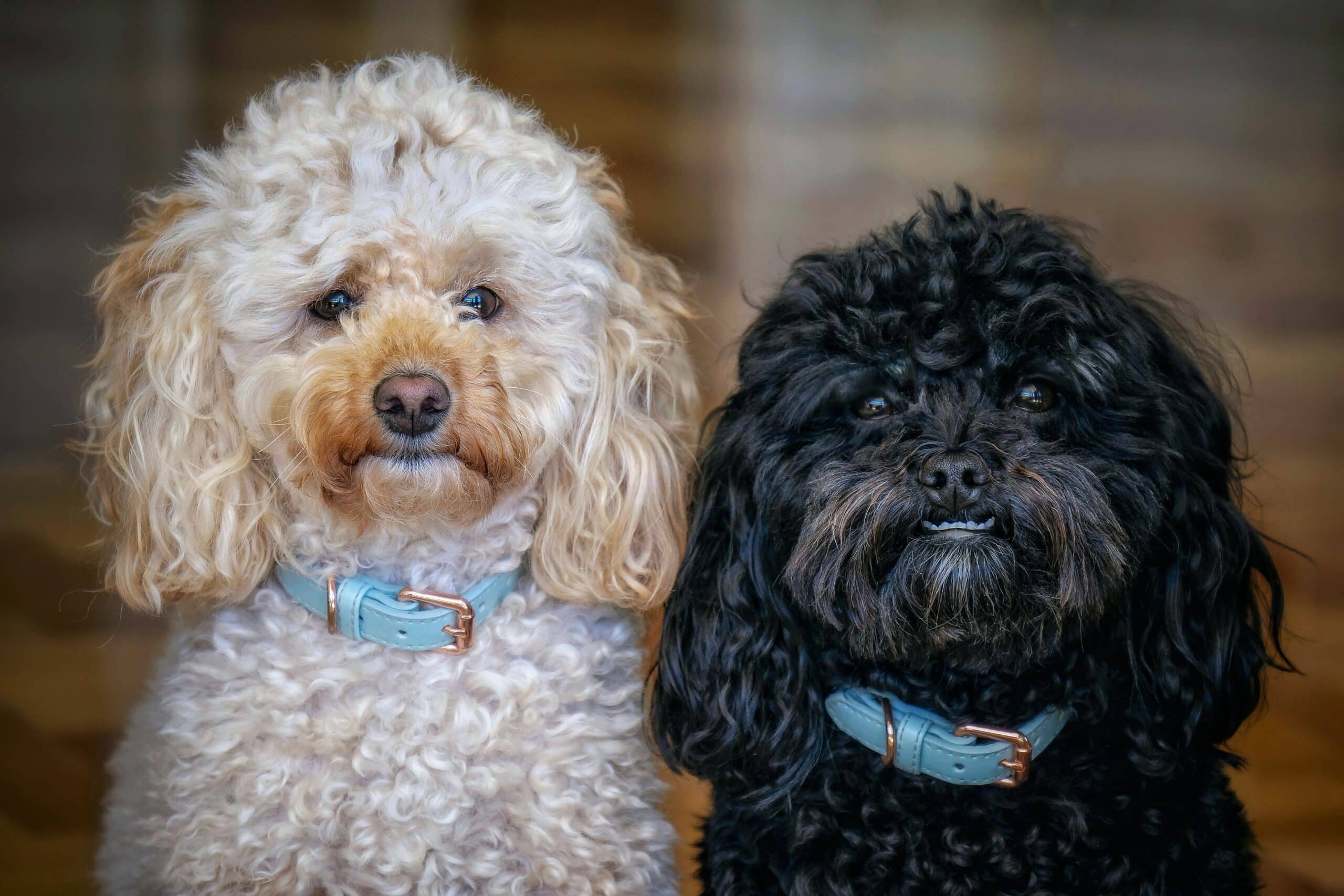
- Dental problems-they have really sensitive teeth (tartar build-up which leads to rotting teeth and gum infection (ending in damaging the kidneys, liver, heart, and joints)-this is why is really important to have a proper brushing-the-teeth schedule
Infections-small breeds are more susceptible to infections being fragile, although they can be avoided by vaccination
- Obesity-due to their cute looks, everyone is tempted to give them everything they want, although this is not the best choice for the dog, because it may lead to other health issues such as metabolic problems, back problems, and joint problems
- Parasites-fleas, ticks, mites,worms-it is important to check our dog's health really often to protect them and protect ourselves
Heart failure- a heart valve weakens and slowly becomes deformed letting the blood leak around. Medications can be prescribed if it is approached early so the life expectancy of the pup will be increased.
Patent Ductus Arteriosis- is a condition in which a tiny blood artery connecting two regions of the heart does not shut as soon as it should after birth. As a result, too much blood is delivered to the lungs, fluid accumulates, and the heart is strained. Coughing, exhaustion during activity, weight loss, difficulty breathing, or weakness in the posterior legs are all possible symptoms. During his tests, the veterinarian looks for a certain sort of cardiac murmur to determine this condition. It may be recommended surgery to seal the troublesome vessel.
Dilated cardiomyopathy, or DCM -is a fatal cardiac illness in which the heart grows too big, thin, and weak to adequately pump blood to the body. As the condition worsens, he may appear weak or fatigued, faint or collapse, breathe with difficulty, or cough. Beginning at age one, the veterinary might recommend an annual electrical heart test (ECG) and/or an echocardiography to detect aberrant cardiac rhythms early. If this disease is discovered, it might be treated with medicine and may also prescribe nutritional supplements.
- Cushing's disease is caused by an adrenal gland malfunction that causes it to create an excessive amount of steroid hormone. This is a frequent condition in dogs, Poodles are more likely to be impacted than other dogs. The illness normally progresses gradually, and the early symptoms are frequently overlooked. Symptoms include excessive drinking and urination, increased hunger, and decreased activity level. Later on, a potbelly, weak skin, and hair loss are common. Treatment mainly consists of oral drugs, which need frequent cooperation with the veterinarian to maintain adequate administration.
- Diabetes is on the list with increased frequency in Toy Poodles. Diabetes affects dogs that are unable to manage their sugar metabolism and require regular insulin injections. It is a dangerous ailment that must be diagnosed and treated as soon as possible. Weight loss is one of the symptoms, as is enhanced eating, drinking, and urination. Treatment involves a significant time and financial investment. Diabetic dogs with well-controlled diabetes now have the same life span as normal canines
- Dysplasia, a genetic illness that causes the joints to grow incorrectly and leads to arthritis, affects both the hips and the elbows. Stiffness in your Poodle's elbows or hips could become an issue as he grows older. The owner may notice him becoming limp in his legs or having a hard time getting up after lying down. The veterinarian can treat arthritis as soon as possible to reduce discomfort and suffering. They might take X-rays of the dog's bones to detect problems as soon as possible. Surgery is occasionally a viable choice in life-threatening situations. Overweight dogs might acquire arthritis years before their normal-weight counterparts.
- Your Poodle's kneecap (patella) may occasionally slide out of position (called patellar luxation). You could observe him running along and then suddenly picking up a hind leg and skipping or hopping for a few steps. He then pushes his leg out sideways to force his kneecap back into position, and he seems fine. If the disease is minor and just affects one leg, your dog may not need much more than arthritis medicine. When symptoms are severe, surgery to straighten the kneecap to prevent it from springing out of position may be required.
- Young Toy Poodles may be predisposed to Legg-Calve-Perthes Disease, a painful degenerative hip ailment. The specific etiology of this ailment is unknown, however, it is assumed to be an issue with blood circulation to the hip, causing the femoral head (the top of the thigh bone) to become fragile and easily fractured. It usually appears between the ages of six and nine months, causing discomfort and lameness in one or both back legs, and frequently necessitates surgery.
- Poodles are prone to intervertebral disc disease (IVDD). The condition develops when the liquid insulation between one or more discs slides or ruptures, putting pressure on the spinal cord. If your dog suddenly becomes unable or hesitant to jump up, walk upstairs, move about, has a bent back, screams out, or refuses to eat or go pee, he is most likely in serious discomfort. He may even drag his hindlegs or become paralyzed, unable to stand or use his hind legs. It is essential to go to the emergency as soon as possible.
- Hemolytic anemia and thrombocytopenia arise when the immune system malfunctions and begins targeting the pet's own red blood cells or platelets. If your dog's immune system attacks red blood cells, he will rapidly become anemic, lethargic, and sluggish. Instead of the usual brilliant pink tone, his gums will seem pale or yellow. If his immune system kills platelets, his blood will not clot correctly, resulting in bruising or irregular bleeding.
- Epilepsy- seizures in dogs are classified into three types: reactive, secondary, and main. The brain's reaction to a metabolic condition, such as low blood sugar, organ failure, or a toxin, causes reactive seizures. Secondary seizures are caused by a brain tumor, stroke, or damage to the brain. Unless other causes can be identified, the condition is known as primary or idiopathic epilepsy. This is generally a hereditary disease, and Toy Poodles are frequently affected.
- Glaucoma, an eye illness that affects both Toy Poodles and humans, is a painful disease that can lead to blindness if left untreated. Squinting, watery eyes, the cornea turning blue (the transparent front section of the eye), and redness in the whites of the eyes are all symptoms. Pain is rarely observed by pet owners, despite the fact that it is there and can be intense. In severe situations, the eye may appear enlarged or swollen, as if it is popping.
If your dog has any of these symptoms seek emergency care, because they can be very serious (even a life-threatening condition):
- Head scratching or shaking, sore ears, or ear discharge
- Urinary inability or straining; discolored urine
- Cloudiness, redness, itching, or any other ocular anomaly
- Coughing, particularly at night or after waking up after sleeping, and fast breathing at rest
- Drinks and urinates more eats more, has a potbelly, and has a bad hair coat
- Weight loss, increased appetite, and thirst
- Gums in colors other than vivid pink
- Any unusual shaking, trembling, or involuntary tremors
- Leg stiffness, difficulty rising, sitting, using stairs, running, jumping, or "rabbit hopping"
Reference
https://en.wikipedia.org/wiki/Fédération_Cynologique_Internationale
https://ahcfargo.com/client-resources/breed-info/toy-poodle/
https://en.wikipedia.org/wiki/Sebaceous_adenitis
https://en.wikipedia.org/wiki/Hypoadrenocorticism_in_dogs
https://en.wikipedia.org/wiki/Aldosterone
https://www.wikihow.pet/Groom-a-Toy-Poodle
https://en.wikipedia.org/wiki/Poodle
https://pubmed.ncbi.nlm.nih.gov/23021142/
https://www.akc.org/expert-advice/dog-breeds/do-hypoallergenic-dog-exist/


